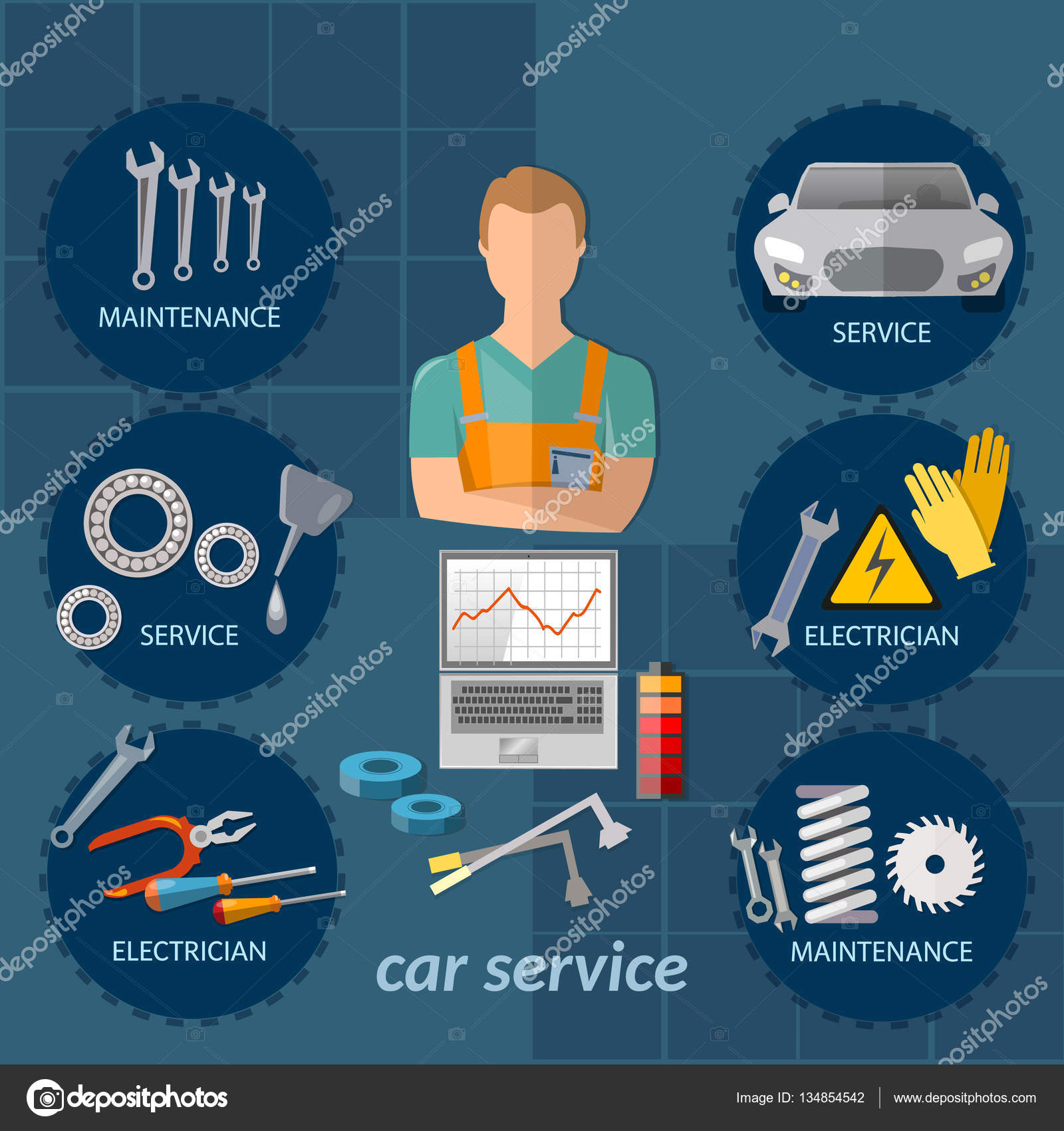Comprehending The Significance Behind Your Automobile'S Warning Lighting: A Thorough Appearance
Comprehending The Significance Behind Your Automobile'S Warning Lighting: A Thorough Appearance
Blog Article
Published By-Boye Gilbert
When you lag the wheel, those radiant caution lights on your control panel can be a little bit perplexing. Do you know what they're trying to tell you about your car's health and wellness? Comprehending the relevance of these lights is essential for your safety and security and the longevity of your automobile. So, the next time among those lights appears, wouldn't you want to understand its message precisely and take the needed steps to resolve it?
Common Warning Lighting and Interpretations
Determine typical warning lights in your auto and understand their meanings to guarantee secure driving.
The most regular caution lights include the check engine light, which indicates problems with the engine or emissions system. If this light comes on, it's essential to have your car checked promptly.
The oil stress warning light indicates low oil stress, calling for instant interest to avoid engine damages.
https://waylonkgavp.targetblogs.com/30466826/enhance-your-vehicle-outlining-expertise-with-seasonal-pointers-to-keep-your-lorry-shining-and-well-protected-discover-reliable-methods-to-handle-the-special-problems-postured-by-every-season blinking battery light may suggest a defective charging system, possibly leaving you stranded otherwise resolved.
The tire stress tracking system (TPMS) light notifies you to reduced tire stress, affecting automobile security and fuel effectiveness. Ignoring this could cause harmful driving conditions.
The ABS light indicates a problem with the anti-lock braking system, endangering your capability to stop swiftly in emergency situations.
Last but not least, the coolant temperature level cautioning light warns of engine getting too hot, which can cause serious damage otherwise resolved quickly.
Recognizing these typical warning lights will certainly help you address concerns promptly and keep secure driving problems.
Value of Prompt Focus
Comprehending the common caution lights in your auto is only the primary step; the value of promptly resolving these warnings can not be stressed enough to guarantee your safety and security on the road.
When a warning light illuminates on your control panel, it's your vehicle's way of interacting a prospective concern that needs interest. Neglecting these cautions can result in extra serious issues later on, compromising your safety and security and possibly costing you extra out of commission.
Prompt attention to warning lights can avoid failures and accidents. For instance, a flashing check engine light might suggest a misfire that, if left unattended, can trigger damage to the catalytic converter. Addressing this immediately can save you from a pricey repair.
Likewise, a brake system cautioning light may indicate reduced brake fluid or used brake pads, critical components for your security when driving.
Do It Yourself Troubleshooting Tips
If you discover a warning light on your control panel, there are a couple of DIY troubleshooting ideas you can attempt before looking for specialist help.
The primary step is to consult your vehicle's guidebook to recognize what the particular warning light shows. Often the problem can be as simple as a loose gas cap triggering the check engine light. Tightening the gas cap might settle the issue.
An additional typical problem is a reduced battery, which can set off various advising lights. Inspecting https://www.consumerreports.org/car-repair-maintenance/5-tip-offs-to-mechanic-rip-offs/ for corrosion and ensuring they're secure might fix the issue.
If a caution light lingers, you can attempt resetting it by disconnecting the car's battery for a few mins and after that reconnecting it. Additionally, examining your vehicle's liquid degrees, such as oil, coolant, and brake fluid, can help fix advising lights associated with these systems.
Final thought
In conclusion, recognizing your car's warning lights is essential for maintaining your automobile running smoothly and securely. By promptly dealing with carvalethowick and understanding what they indicate, you can avoid costly repairs and potential breakdowns.
Remember to consult your cars and truck's guidebook for particular information on each cautioning light and do something about it as necessary to ensure a trouble-free driving experience.
Remain informed, stay safe on the road!
